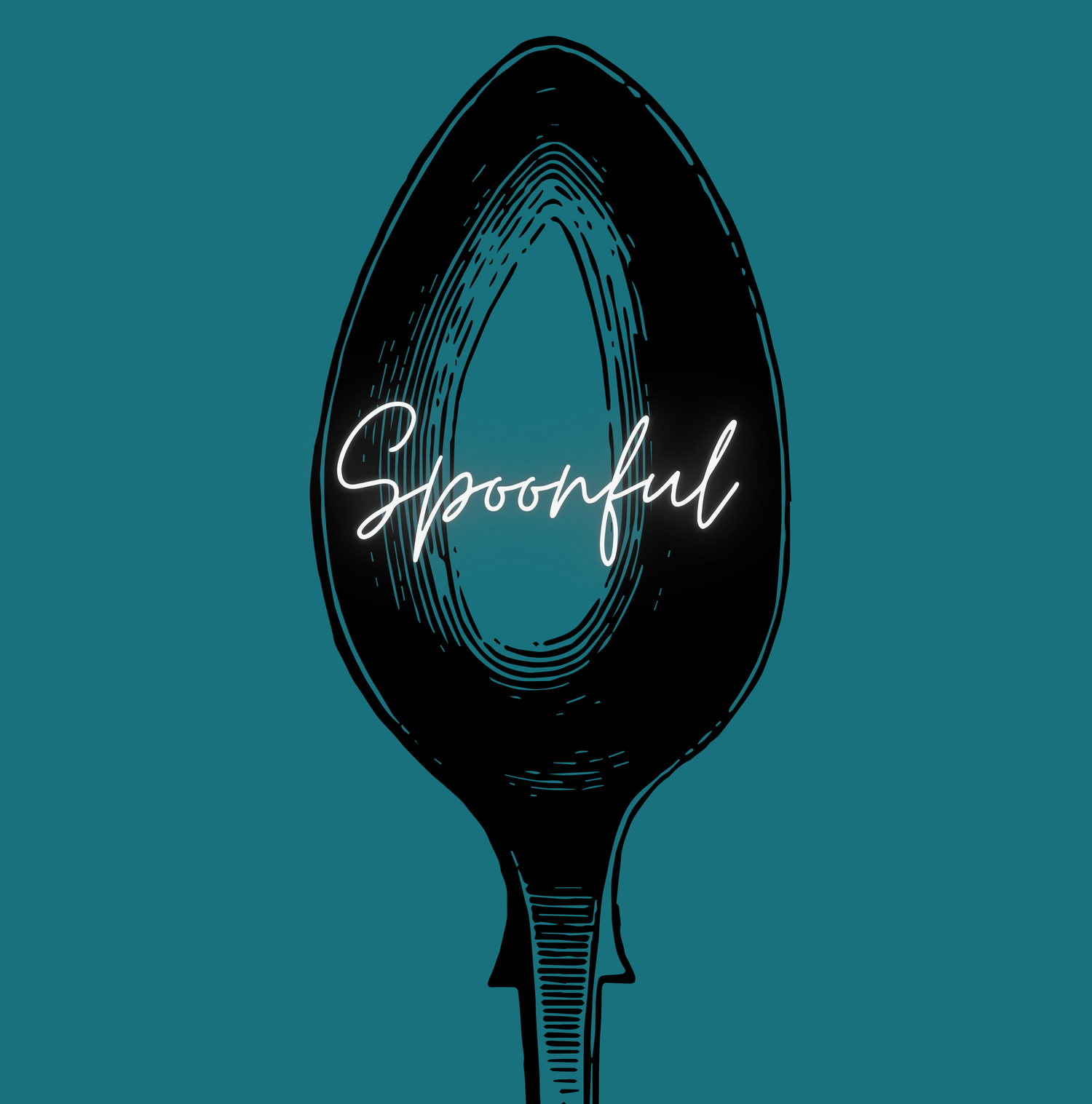PEG tube basics: usage
Feeding
Using a PEG tube may seem scary and intimidating at first, but it's easy once the anxiety goes away!
Most tubes have adapters with two or three ports; the balloon type has three, and the ones without a balloon have two. NEVER use the smaller port that goes to the balloon; only use the larger ports (they usually have a cap to close them.
Your medical team will help you find a tube feeding formula, amount, and method that is best for you. Several formulas are available and it may take a while to figure out what works for you! Feeding may be done with or without a pump and may be continuous, cycled or bolus.
Pumps
The name is also a description of what it does: gradually pump formula into your tube. One of the ports is attached to a long, thinner tube that is attached to a small machine. In a hospital setting, the pump is on a pole with wheels that resembles an IV pole. Bags of formula are hung on the pole and attached to the tube. From there, you can program the pump to administer a set amount over a certain period of time.
At-home pumps vary widely and are often much smaller and may be easily carried in a backpack. Nonetheless, they function the same way as the larger hospital pumps. Many PEG tubes come in a kit with their particular attachments included.
If you are on a continuous or cycled tube feed, you will require a pump. For more specific details and a step-by-step explanation, click here or here.
Crip tip: if you have a catheter tip PEG tube, purchase a “locking” attachment for the connection to the adapter. Pumps have a tendency to get disconnected from the tube during feeding. Nobody wants to get covered in formula!
Syringe
If you aren't on a continuous or cycled feeding schedule, you can just simply administer the feedings with a syringe. This is fairly straightforward: pull up the required amount into a syringe and slowly push it into the port, then flush with 30mL of water or until there isn't any formula visible in the tube.
This can be done “by gravity” as well by removing the plunger of the syringe before attaching it to the port. Hold the tube and the adapter to ensure the connection is secure and pour the formula into the syringe barrel as it goes down to the stomach. When that is done, flush with 30mL of water or until there isn't any formula visible in the tube. If there's pressure in the abdomen or muscle spasms, this method might not work and it will need to be done by pushing it with the syringe (with plunger in).
Top: catheter tip (sometimes called "legacy"), bottom: EnFit tip
For more specific instructions and demonstrations, click here or here or here.
Crip tip: buy syringes in bulk!
Medications
Medications given via the PEG tube should be in a liquid form. Ideally, you can get liquid versions of medications. However, many medications aren't available as a liquid. In this case, you'll simply need to make a solution of medications and water.
Every tubie needs a pill crusher! Crush medications into a powder using a pill crusher or use a syringe as a pill crusher:
For capsules, pull the capsule apart over a clean container and pour the contents in it.
Using lukewarm or room temperature water ONLY, mix in enough water to fully dissolve the medications. Some medications need to be mixed with more water and some may need to sit a minute to dissolve. Mix the solution well until there are no chunks or large pieces.
From there, the medications can be put in the tube with a syringe using the push or gravity method. Add more water to the container if you notice residue in the container and administer that as well. Flush with at least 30mL of water. Note that since the adapters have two ports to administer with, it is still possible to put medications in during a feeding.
Crip tip: the pushing method is easier with a catheter tip PEG tube and the gravity method is easier with an EnFit tip PEG tube.
Schedules
There are three types of schedules for feedings: continuous, cycled, and bolus. Continuous feedings are, well, continuous, and run 24 hours. Cycled feedings are done at specific time(s) of the day, such as overnight for 8 hours. Bolus feedings are the most similar to a “normal” person's eating and are often done 3x a day, but might be done more often.
Crip tip: ask for Banatrol if you have digestive issues and difficulties tolerating the feeding





